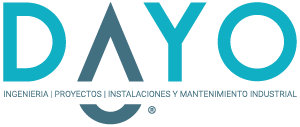PURIFICATION AND RECYCLING OF WASTEWATER FROM THE CEMENT INDUSTRY
Discharge water characteristics
- In wet processes, the raw materials that are put into the oven are in the form of pasta. To remove soluble alkaline, before returning to the oven, the harvested oven post is leached;
- The clarified waters of the leachate are neutralized with acids, as well as in contact with the smoke from the chimneys, in the form of CO2.
- In general, the problem of water contamination is due to the fact that the cooling water, or the washing water of the equipment, if not recycled, becomes congested with the waste from the batteries, with high levels of solids in suspension, dissolved solids, pH and temperature.
The most frequent alternatives in recycling
The most common alternatives for water that can be recycled are the following:
- Wash the equipment;
- Reuse around 50% of this water in the leaching process;
- As a supply of fresh water, in cooling processes, with previous desalination;
- For health services and facilities;
- To water parks and / or gardens, mixed with fresh water from the network.
Treatment processes applied
Depending on its degree of recycling and application, the water will be treated as follows:
- Physico-chemical treatment, by decantation, with or without chemical reagents (general services);
- Ultrafiltration, to purify water where perfectly clarified suspended solids are not needed (sanitary installations, irrigation, cooling towers, etc.);
- Reverse osmosis, to reduce the salt content and use demineralized water for cooling;
Advantages of using recycled water
Due to the high quality obtained in the discharge waters, they allow their reuse in
multiple applications, and have the following advantages:
- Reduction of construction and maintenance costs, due to smaller installations, consuming less fresh water;
- Groundwater increases by reducing well consumption;
- It does not depend on weather issues.





